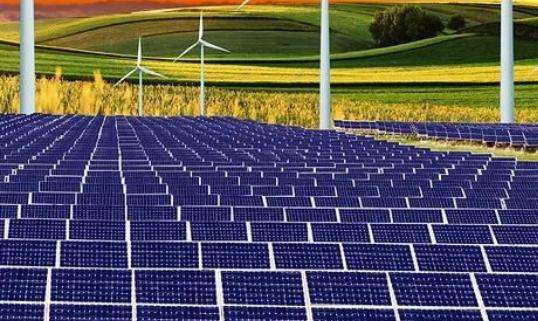Li Quan, female, associate professor, doctoral director. Born in June 1975. In 1992, he studied at the Department of Chemistry of Peking University, under the tutelage of Academician Zhou Qifeng, majoring in polymers. In 1997, he completed a doctorate at Northwestern University in the United States. His main areas of research are thin film materials and advanced electron microscopy. (Supervisors: Professor Laurence D. Marks, Professor Scott A. Barnett and Professor Yip-wah Chung) In 1999, he joined the research group of Academician Li Shutang at the City University of Hong Kong as part of a co-op internship and began research on nanomaterials. After receiving a doctorate, he joined the Chinese University of Hong Kong and engaged in research on functional nanomaterials, especially optoelectronics, energetic nanomaterials and analytical electron microscopyadvanced. In 2008, he jointly established a solar photovoltaic laboratory with Professor Xiao Xudong and Professor Lin Haiqing from the Department of Physics of the Chinese University of Hong Kong at Shenzhen Institute of Advanced Technology, Chinese Academy of Sciences, dedicated to research and development of high-efficiency solar cells. She has given more than 10 invited reports at major academic seminars at home and abroad. He is currently a reviewer for scientific journals such as JACS., Adv. Mater., et Appl., and is a member of the American Society of Materials.
Application of solar energy in daily life
This is a very large project, with a very large panel area and a very large battery
Hypothesis One square meter of sunlight is equivalent to 1 kW, the highest conversion efficiency in the solar cell laboratory is 24.7%, and the efficiency in the production on a large scale is 15%, an average of 20%
500 kW/ 0.2=2,500 square meters of solar panel area
Which is the best university to study solar (photovoltaic) energy production?
Solar energy is a renewable energy source. It refers to the radiant thermal energy of the sun (see the three modes of propagation of thermal energy: radiation), and its main manifestation is often called solar rays. Nowadays, it is typically used to generate electricity or provide energy for water heaters.
Since the birth of life on earth, it has mainly relied on the energy of thermal radiation provided by the sun. Since ancient times, humans have also known how to use sunlight to dry objects and use it as a method. to prepare food, such as making salt and drying salted fish.
Principle technique:
Solar energy is generated by the fusion of hydrogen and helium from hydrogen atoms inside the sun to release enormous nuclear energy. Most of the energy needed by humans comes directly or indirectly from the sun. Plants release oxygen, absorb carbon dioxide and convert solar energy into chemical energy and store it in the plant body through photosynthesis.
Reference for the above content: Baidu Encyclopedia——? Solar Energy
Solar Energy Research Institute of Shanghai Jiaotong University
State Key Laboratory of Zhejiang University of Silicon Materials
p>Energy Research Institute of Xiamen UniversityPhotovoltaic Engineering
School of Photovoltaic Engineering, Nanchang University
Institute of Electrical Engineering, Chinese Academy of Sciences
Photovoltaic System Research Center, minisDepartment of Education, Hefei University of Technology
Guangneng, Chinese Academy of Sciences
Solar Photovoltaic Systems Research Institute of Sun Yat-sen University
Harbin Institute of Technology (Weihai) Solar Energy Research Institute
The second is the New Energy College of Jiangxi Xinyu University, the Energy Research Institute solar energy of Yunnan Normal University, etc.
Everyone is good, that's enough, hehe
Of course, the Australian Solar Energy Research Center of 'University of New South Wales is the best, the father of solar energy in the world.














